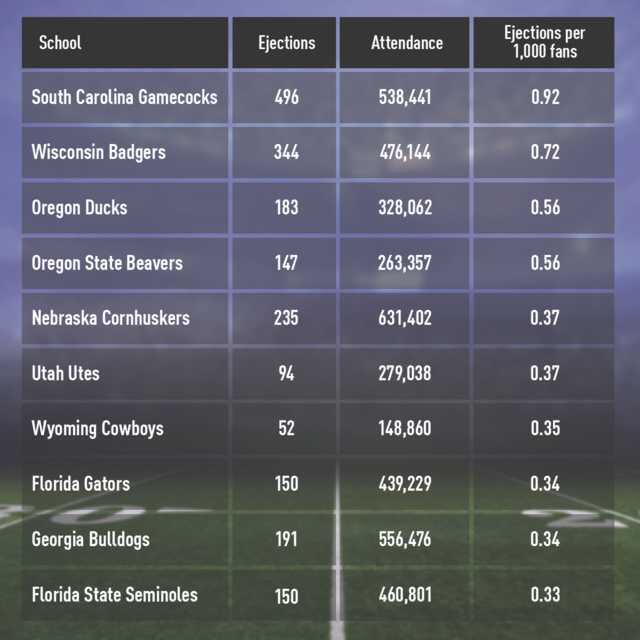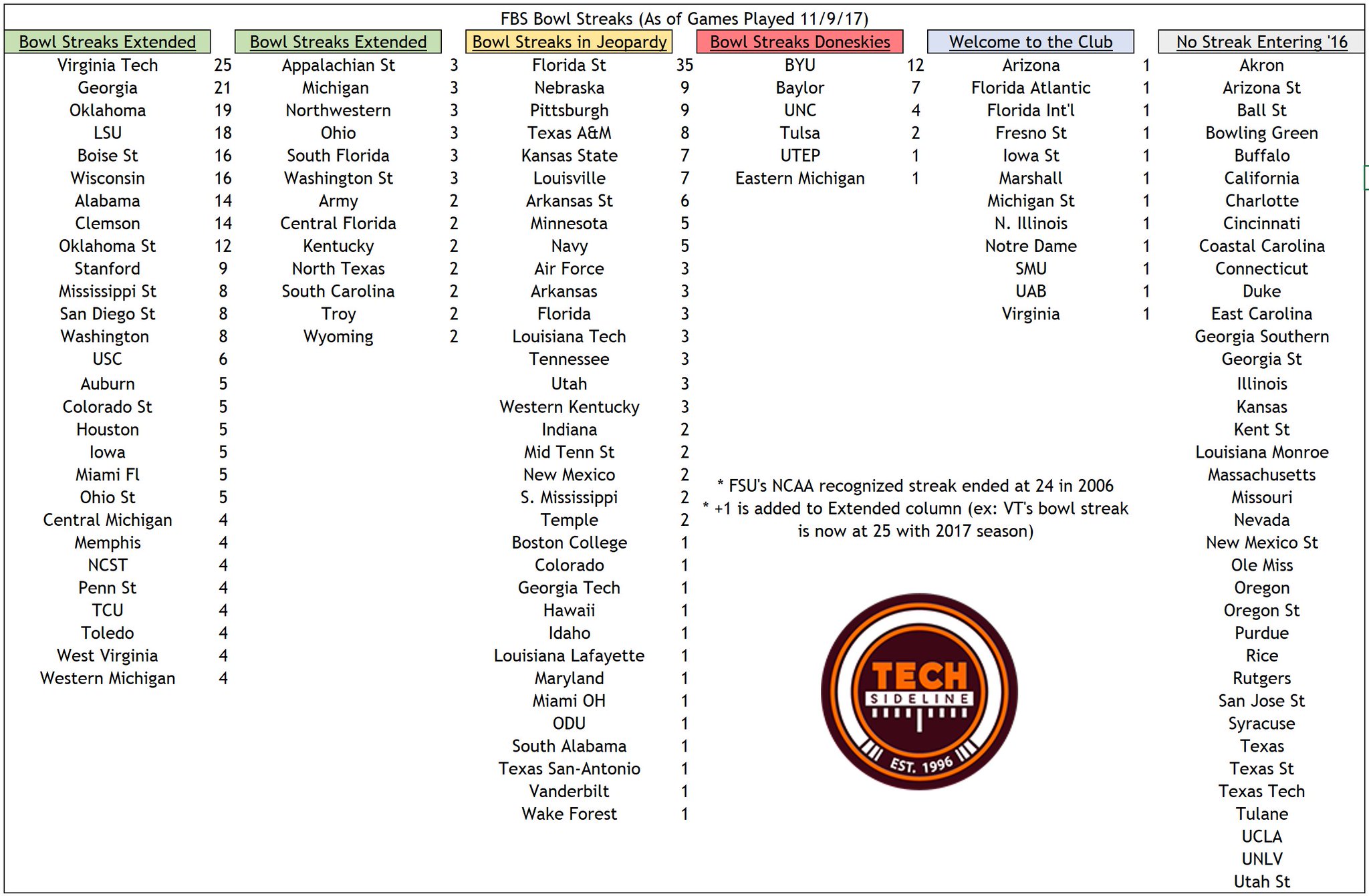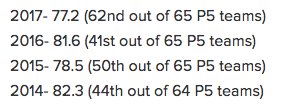http://www.tallahassee.com/story/sports/2017/11/28/don-t-publish-personal-dynamics-play-jimbo-fishers-decision/901799001/
Another complicating factor is the relationship between Fisher and Seminole Boosters, Inc. President Andy Miller according to multiple sources.
“They just don’t like each other,” said one of four people associated with the university and its athletics program. They spoke to the Democrat on the condition they not be named because of the tenuous nature of the negotiations with Fisher.
While published reports from Houston continue to indicate Fisher has agreed in principle to a deal, Fisher has declined to comment on the Aggies’ job. He also did not return comment for this story.
Fisher is unhappy with the Boosters’ focus on projects other than football operations, according to sources.
Miller told the Democrat Tuesday the Boosters’ role is to raise money for the advancement of the university, including all 20 of its men’s and women’s sports teams, and football.
He said the Boosters respond to the priorities as articulated by the athletic director and president.
“As for capital projects, we have been responsive to coach Fisher’s facility requests including the indoor practice facility, locker rooms, coaches offices, player lounge and student housing for football and are actively fund-raising for his most recent request for a football facility that is currently under architectural study by the athletic department,” Miller said.
Thrasher defended the setup between the athletics department and the Boosters, which serves as the fund-raising arm of FSU’s teams.
Thrasher defended the setup between the athletics department and the Boosters, which serves as the fund-raising arm of FSU’s teams.
“This structure has been in place since the Boosters were founded,” Thrasher said. “It has served us well, and I don't see any issues that reasonable adults could not work through.
"How many football coaches have we had in the last 40 years?”
The Boosters has raised and spent $150 million toward facilities just for football since 2012 and more than $400 million since the early 1990s.
The organization annually transfers $22 million to the athletics department for all its programs.
In addition to raising operating funds, facility gifts and endowments, the Boosters also funds long-term debt of $10 million annually on facilities already built.
Jason Staples @DocStaples 17 minutes ago
Replying to @ricobert1
Travis Johnson’s most recent tweets basically hit it on the head as to why it’s been adversarial. There are old guard voices among the Boosters who have opposed modernization of the program at every step. But some of the biggest Boosters are allied w/Fisher, too
Jason Staples @DocStaples 14 minutes ago
Annexation seems to be the right word. Boosters coming under university control like at UF & generally modernizing how that org is run is probably the endgame here if I’m connecting the dots I’ve been given correctly
Dubee da Grinch @dubee24 11 minutes ago
Dubee da Grinch @dubee24 11 minutes ago
No, it’s because he feels like many others do that it’s run like a lemonade stand. Same guy for 40 years running it and staffed by friends/good ole boys. Separate from university unlike UF, Clemson, etc.








